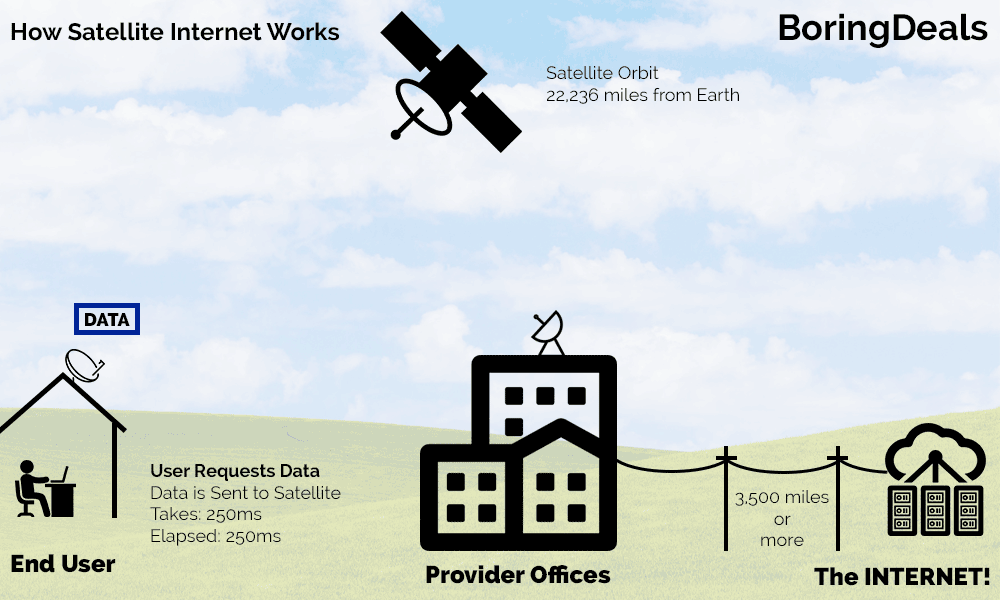Transmission Media
In order for data to be sent from device to data must be physically transported using some form of transmission media. The data can be transported either wired or wirelessly.
All devices connected to the Internet are connected using a combination of technologies, both wired and wireless.
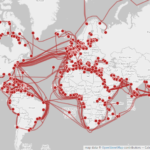
World Submarine Internet Cables Map
Copper Cable – 1Mbps (Legacy – probably won’t be in the exam)
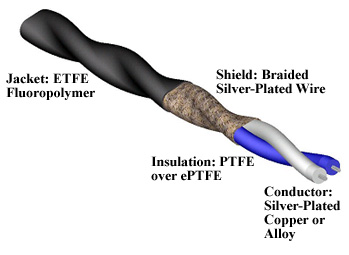
Invented in 1844 to carry Morse code transmission. Later used as the transmission medium for telephone calls and therefore widely adopted. Electrical current is passed along a single pair of wires.
Advantages
- Simple, cheap and quick to install
Disadvantages
- Low data transmission speed due to interference
Ethernet – 1Gbps (Current Industry Standard)
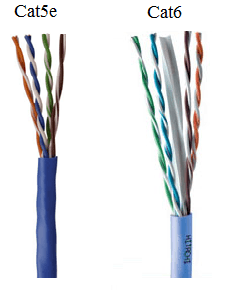
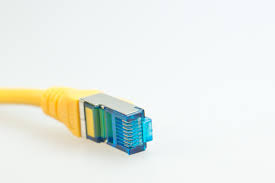
Electrical current passed along cables. Uses multiple twisted pairs to increased transmission rate and lower interference.
Advantages
- Much faster and more reliable
Disadvantages
- More expensive than copper.
- Required replacement of existing hardware.
Fiber Optic Transmission – 1PBps
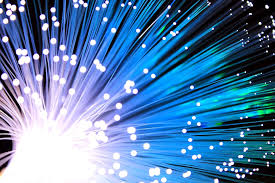
Data is sent using laser light bursts along a glass filament.
Advantages
- Must faster transmission rates
- More difficult to intercept
Disadvantages
- More expensive than Ethernet.
- Wires aren’t as flexible as Ethernet cables.
- Requires new and expensive hardware
WIFI/Blueooth – 54Mbps
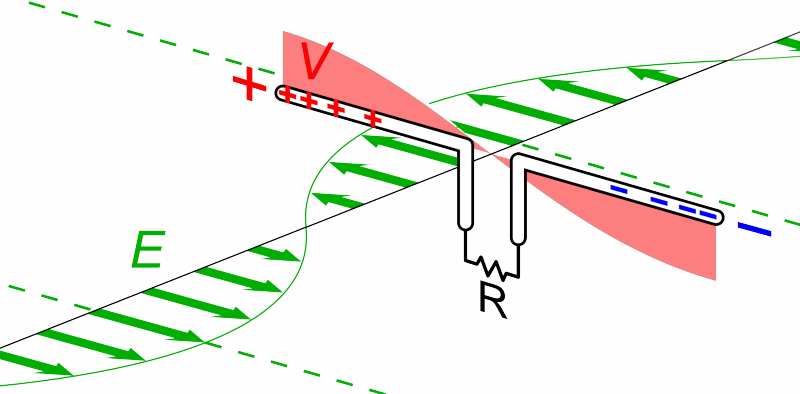
Transmits data through the air using radio waves.
Advantages
- No wires required so quicker and easier to set up.
- Allows for mobile computers
Disadvantages
- Highly susceptible to interference when multiple devices connected or when you turn on the microwave…
- More vulnerable to data interception.
- Limited range (100M Max)
Satellite
Also uses radio waves, though the signal can be sent hundreds of miles, instead of just a few hundred metres.
Geostationary satellites relay transmission data from a computer to the internet(or other network) .
Advantages
- Can be used in very remote places where no other connection is available (outside of landline / mobile reception)
Disadvantages
- Can be very expensive to use
- Data transfer rates are limited (1 – 2 Mbps)
- Due to the signal be relayed via the satellite connections often have a high latency (ping) so not suitable for gaming
- Highly sensitive to weather conditions.
